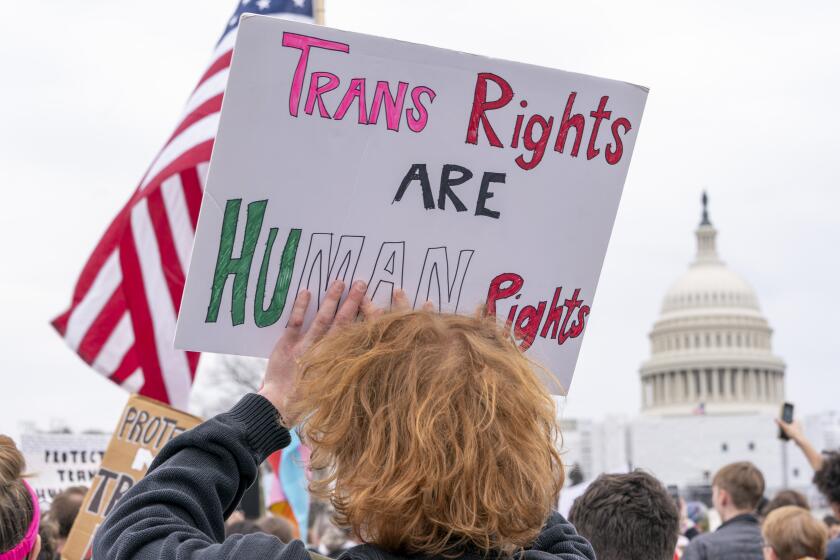Higher-earning families to get a break at Harvard
- Share via
Harvard University unveiled a financial aid program Monday that will let students from upper-middle-class families pay less than half the school’s tuition starting next fall.
The move lessens the financial burden on families that make $180,000 a year or less, a group that is increasingly unable to afford to send their children to Harvard, according to university officials.
Any family that makes less than $180,000 annually will, on average, pay 10% of its income for tuition. That means any student that comes from such a family will pay less to attend Harvard than most flagship public universities, including UCLA, where tuition, room and board can be nearly $20,000 annually.
At Harvard the combined cost is $45,620 a year.
“We understand that families are feeling distress in a way they haven’t felt before,” said Bill Fitzsimmons, Harvard’s dean of admissions and financial aid. “We want to make Harvard accessible and affordable to all Americans.”
California produces the most Harvard students of any state. There were 232 Californians in last year’s freshman class of 1,660, Fitzsimmons said.
Harvard began picking up the entire bill for any student whose family income was less than $40,000 in 2004. Two years later, the university did the same for students from families that made less than $60,000.
But Harvard officials said they noticed that many middle- and upper-middle-class families could barely afford the school’s fees. Such families struggled to pay tuition while absorbing the rising costs of housing, insurance and, in some cases, the care of aging grandparents.
Harvard also eliminated all financial aid loans.
“We lost touch with the non-discretionary funds of these families,” said Sally C. Donahue, Harvard’s director of financial aid.
University officials estimate that the new program will cost an additional $22 million a year.
Some groups praised the move.
“Even if schools cannot go as far as Harvard did, many more can and should take steps in the same direction. With college costs escalating and more and more students graduating with unmanageable debt, there is no time to waste,” said Robert Shireman, executive director of the Project on Student Debt.
Several other schools, such as the University of Pennsylvania, began waiving fees for students from low-income families after Harvard began its program in 2004. But it will be difficult for other colleges to follow Harvard’s lead this time. The university’s $34.9-billion endowment is the largest in the country.
“There will be a limited ripple effect,” said USC professor William G. Tierney, director of the university’s Center for Higher Education Policy Analysis.
“They’re bringing to light that financial aid is an issue to the middle class, not just the poor. That’s to be applauded, but in terms of having an effect to the vast majority of higher education, the effects are negligible,” Tierney said.
More to Read
Sign up for Essential California
The most important California stories and recommendations in your inbox every morning.
You may occasionally receive promotional content from the Los Angeles Times.














